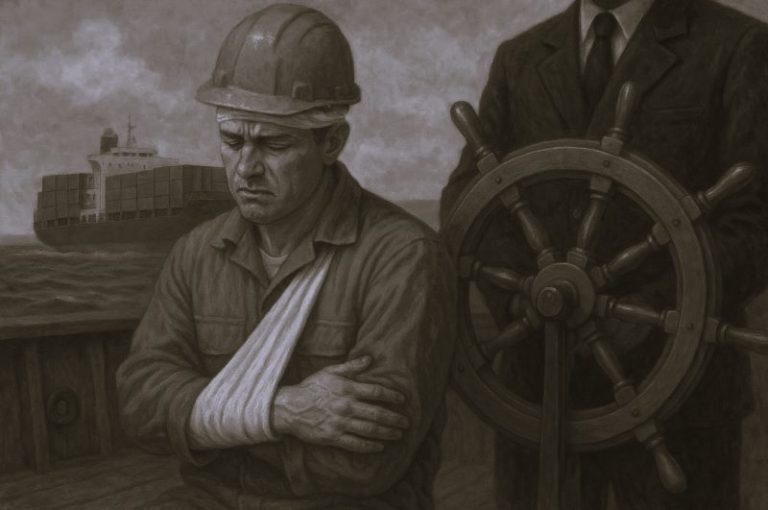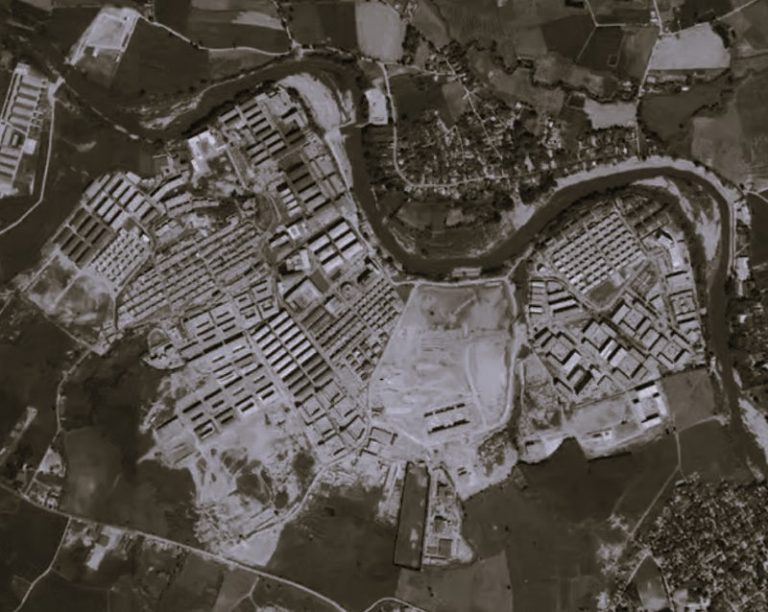

This unusual 1704 map, drawn by Giovanni Francesco Gemelli Careri, is the first published representation of the legendary Aztec migration from Aztlan, a mysterious paradise somewhere to the northwest of Mexico, to Chapultepec Hill, currently Mexico City. / Geographicus Fine Antique Maps, Wikimedia Commons
Moctezuma I expanded the Aztec Empire beyond the Valley of Mexico by constantly waging war.

Curated/Reviewed by Matthew A. McIntosh
Public Historian
Brewminate
Introduction
As the city of Tenochtitlán grew, the Aztec fought for dominance over other city-states in the area. In 1428 CE, Tenochtitlán formed a Triple Alliance with the cities of Texcoco and Tlacopan in the Valley of Mexico.These three cities were allies, or on the same side. They united to conquer neighboring cities. Tenochtitlán quickly became the most powerful city of the three, and the most important city in Mesoamerica.

The Aztec had an organized social structure. You have already learned that Aztec families lived in districts called calpullin. Each calpulli elected a leader. Together, these leaders formed a city council. Each city council elected its own tlatoani, or leader, to govern the city. The tlatoani of Tenochtitlán was not only the leader of the city, but the leader of the empire as well. This supreme leader was called the Huey Tlatoani, or Great Speaker. He was the emperor, or king, of the Aztec.
In 1440 CE, Moctezuma I became the Huey Tlatoani. He expanded the Aztec Empire beyond the Valley ofMexico by constantly waging war.Before going to war, Moctezuma sent ambassadors to neighboring groups of people. He gave these groups the option of sending him gifts of gold to avoid battle. If they refused, the emperor prepared his troops for battle.
War as a Way of Life
Priests determined the date of battle. As the day drew near,citizens gathered in the Sacred Precinct for the battle procession.Many people marched with the warriors. Priests strapped statues of the gods to their backs. Engineers carried materials to build bridges and towers along the way. Young boys carried weapons and supplies. Women and girls cooked and later cared for the injured.
When preparing for attack, smoke signals rose from the Aztec camps. These signals announced the appointed day of battle. The Aztec beat on drums and blew shrill whistles. At the sound of the commander’s trumpet, young archers charged into battle. They were armed with bows and obsidian-tipped arrows. Warriors used a variety of wooden and stone weapons, many edged with razor-sharp pieces of obsidian. They threw darts. They hurled rocks over long distances using slingshots made from the fibers of maguey cactus plants. Spears, hatchets, and clubs were all common weapons of battle.

Success on the battlefield was the only way commoners could become nobles. If they captured four prisoners in battle,they were allowed to join one of the elite warrior societies. Each of these warrior societies named and identified itself with a specific animal.The warriors dressed in the feathers and pelts of their namesake animals. It was easy to spot these warriors in battle,especially the Eagles. An Eagle warrior wore a fancy headdress with his face peeking out from the eagle’s beak. As soldiers advanced in rank,their costumes became more and more elaborate.
Unrest in the Empire
The size of the Aztec army grew with each new conquest.Because the Aztec outnumbered the other groups, they won nearly every battle. By the time Mocteczuma II took the throne in 1502, the Aztec had fought numerous battles and made many conquests. The Aztec Empire extended from the Pacific Ocean to the Gulf of Mexico.

The emperor demanded tribute, or taxes, from all parts of the empire. When he conquered new lands, he allowed local governments to remain in place,but tribute had to be paid. People paid tribute in goods, including cacao, rubber, seashells, cotton,feathers, and precious gems. These goods contributed to Tenochtitlán’s wealth and greatness. The emperor’s demands created resentment among the conquered city-states.
By the early 1500s, the Aztec ruled about 500 smaller city-states and millions of people. Tenochtitlán was the most densely populated city in Mesoamerica. And at the time, it was one of the largest cities in the world. Rumors of Tenochtitlán’s wealth spread far beyond its boundaries.
Flower Wars Were Fought for Blood


The Aztec ruled with fear and might. They believed Huitzilopochtli, the sun god, needed food daily,so they held ceremonial battles called “flower wars.” In Aztec poetry, flowers symbolized blood, so flower wars were blood wars. Unlike wars fought over the possession of city-states, these wars served the sole purpose of acquiring sacrificial victims. The best warriors, dressed in their finest battle clothes, fought in these ritual wars. Some groups avoided the flower wars by paying tribute,or taxes, to the Aztec.
Arrival of Cortés and the Spanish

Hernán Cortés, a Spaniard, was one of the men who heard tales of riches in Mesoamerica. In 1519 CE, he led an expedition from present-day Veracruz on the Gulf of Mexico. Seeking gold and power, he stepped ashore with about 500 men. They made their way inland on horseback. Cortés and his men fought and conquered powerful Aztec city-states along the way. However, these battles had a strange outcome. Instead of creating enemies, in some cases the Spaniards gained friends. Some city-states disliked the Aztec Empire so much they quickly became Cortés’s strongest allies. These allies joined Cortés’s troops.The size of the Spanish army grew to several thousand men. Together, they marched on to Tenochtitlán.

When Cortés and his men arrived in Tenochtitlán, they were stunned by its elaborate palaces and dazzling chinampas. Moctezuma II welcomed Cortés and gave him gold and jewels.While the men greeted each other on friendly terms, it appears Cortés never intended to be Moctezuma II’s friend.
Cortés left Tenochtitlán, determined to conquer the Aztec Empire. He planned to claim the land for the king of Spain.Unpredictable factors made Cortés’s task easier. First, some of the Aztec city-states became his allies. Second, the Spanish brought deadly European diseases with them. One of Cortés’s men was ill with smallpox and this highly contagious disease spread throughout the empire. With no immune resistance to the disease and no cure for it, thousands of people died. By August of 1521 CE, over 40,000 Aztec lay dead. The powerful Aztec Empire,which rose up out of a swamp, was defeated.
Aztec Feathered Shield

Feather artifacts are rare as they are very fragile and hard to preserve.This extraordinarily beautiful shield has lasted hundreds of years. It was once carried into battle by an Aztec warrior. Its feathered fringe and tassels hung down to protect the warrior’s legs.

The feathers on this shield come from a variety of birds common to the rainforests of Mesoamerica. They include the yellow oriole, the blue cotinga, the scarlet macaw,and the roseate spoonbill. Scholars think that the blue figure at the center of the shield is a coyote. Like eagles and jaguars, coyotes were symbols of one of the Aztec’s elite warrior societies.
From Early American Civilizations: Maya, Aztec, and Inca, originally published by the Core Knowledge Foundation under the terms of a Creative Commons Attribution-NonCommercial-ShareAlike 4.0 International license.






